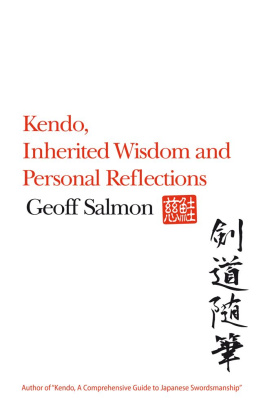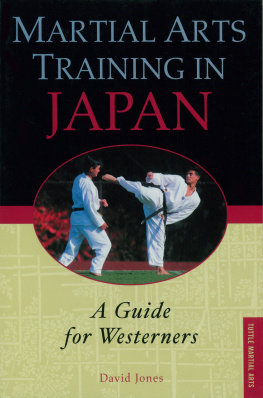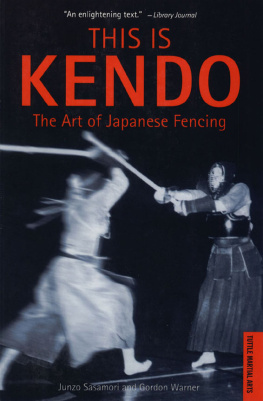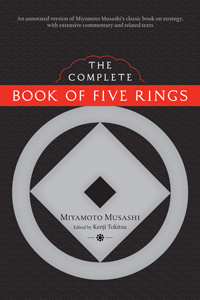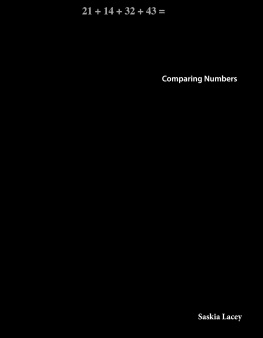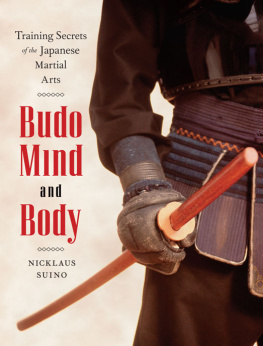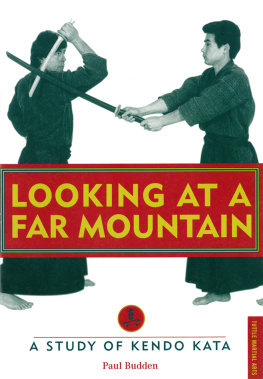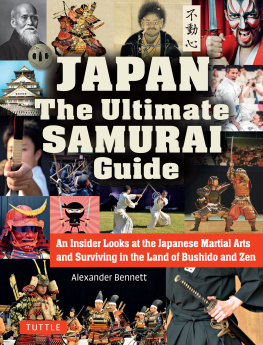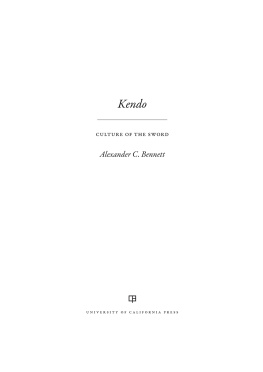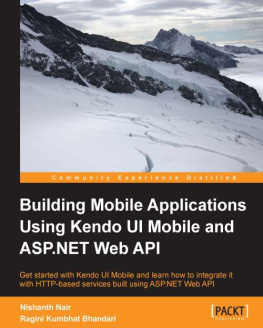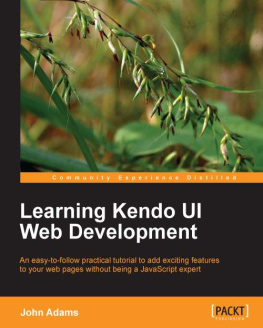

First published in 2013 by Rethink Press (www.rethinkpress.com)
Copyright Geoff Salmon
All rights reserved. No part of this publication may be reproduced, stored in or introduced into a retrieval system, or transmitted, in any form, or by any means (electronic, mechanical, photocopying, recording or otherwise) without the prior written permission of the publisher.
This book is sold subject to the condition that it shall not, by way of trade or otherwise, be lent, resold, hired out, or otherwise circulated without the publishers prior consent in any form of binding or cover other than that in which it is published and without a similar condition including this condition being imposed on the subsequent purchaser.
Front cover design by Katsuya Masagaki (www.katsuya.co.uk)
Foreword
This collection of the most popular posts from www.kendoinfo.net contains 52 articles on various aspects of kendo technique and attitude. Its subjects include training methods and kendo techniques as well as the attitudes and philosophies that make kendo a lifetimes pursuit for many people. It highlights some of the differences between kendo training in Japan and other parts of the globe and includes some light-hearted commentary on this martial sport from the author.
This compilation also includes some direct translations of the words of the late Matsumoto sensei Hanshi kyudan and includes insights and advice gleaned from some of the leading contemporary kendo teachers including Inoue Yoshihiko sensei, Chiba Masashi sensei, Sumi Masatake sensei and Iwadate Saburo sensei.
This is not an instruction manual. It is offered with the intention of entertaining and stimulating those interested in the art of kendo.
1. The Aim of Kendo
by Matsumoto Toshio, Hanshi Kyudan

This document was written in Japanese by Matsumoto Toshio sensei and translated in 1976 by Yamamoto Hisami. The original translation was for my benefit; and at the time Matsumoto sensei was not satisfied that the document was of a high enough standard to put his name to. Unfortunately, neither the author nor the original translator are with us today and, feeling that this document is worth sharing with other kendo enthusiasts, I have taken the liberty of rewriting it in more colloquial English. Any errors and inconsistencies are mine.
The aim of swordsmanship in ancient days was to overcome opponents through the application of sword techniques and physical power, but this has changed with the progression of time. Even so, kendo was born from the art of fighting with swords and even though today it is played with bamboo swords, it cannot be said to be kendo if it is practised without the concept of being a fight with real swords. You must train for kendo with the understanding that if you cannot cut your opponent, he is going to cut you. In other words, in its essence, kendo must be practised with the extreme instability of mind that would occur if you were facing life or death.
There is no doubt that the art of kendo is to strike down your opponents and not to be struck down by them. However, in order to be always ready to give an instant strike without missing any proper chances to attack whilst still keeping a perfect defence position, you must master the techniques and skills of kendo. These however, can only be well performed when you maintain a calmness of mind which enables you to fully display your trained technique.
Therefore, it is the true aim of kendo practice not only to try to improve your technique, but also to train your mind and spirit to find the rightness of mind (no mind / mushin), so that your mind, which is the source of the technique, will not be bound by anything.
In the practice of kendo, it is most desirable that the training of mind and technique should always progress hand in hand. A strike should not be made recklessly, but you should strike when the opponents mind is disturbed. Ineffective or hurried strikes are the causes of self destruction. The following are cited as good chances to attack:
1. Not to attack when your opponent is in replete condition, but try to attack when he is unaware and off-guard2. Attack just before your opponent starts to take (initiates) his action3. Attack when your opponent is settled4. Attack when your opponent has exhausted his tricks5. Attack at the time that your opponent has doubt in his mind6. Urge your opponents action and attack the created off-guard position
The three points that would be inexcusable to overlook are:
1. Just when your opponent initiates his action2. When your opponent parries3. When your opponent has exhausted his tricks
These are again times when your opponent is off-guard.
In kendo there are four mental states that must be overcome. These are dread, fright, doubt and perplexity all of which are disturbed states of mind. When your mind is disturbed, your posture is also disturbed leaving you off-guard and allowing your opponent the chance to attack. Unless you are constantly in full spirit, keeping your mind calm and open, you cannot instantly strike your opponent off-guard, even when his spirit is no longer alert. If your mind is innocent (free of preconception), you can see through all your opponents actions and strike freely without any hesitation, catching every available chance.
In Zen Buddhism, voidness is sometimes explained as The true way of life is to always keep your normal mind. It is considered to be a state of mind which has no preconceived ideas, free and active without being bound by egotistic interests. You may think that it is extremely difficult to have an innocent mind and that it is the highest condition of mind and impossible to attain, but one who is experienced in kendo to a considerable degree should achieve a similar mental state
When reflecting on a keiko or shiai, one sometimes realises that he has unconsciously made a very fine strike, although such experiences are rare. It is because the perpetrator was in full spirit and innocent, enabling an unintended and unaware strike. You must make every effort to increase these opportunities.
From a reversed perspective you need to maintain an undisturbed ordinary mind in order to defend well without being struck by your opponent. To keep disturbances from your mind you must:
- Master the basic forms of kendo
2. Understand and appreciate the theory of kendo and try to improve kendo techniques3. Have a firm belief that you are perfectly invincible against any assault
As stated above, the ultimate way of learning kendo is, both in attack and in defence, to have a constant ordinary state of mind through the theory of the way of kendo. I believe that it is a virtue of kendo to bring to our social lives this developed ordinary mind, rich and level without egotistic interest and emotional influences.
Making best use of such an attitude, you will be able to take good advice from other people and clearly differentiate right and wrong, allowing for effective conduct in your job and at the same time working towards self perfection.
2. Kendo no kata the deeper meaning
The spring grading examinations are looming and I am getting a number of requests to teach kata or to act as a kata training partner for candidates. I mentioned in an earlier post on the subject, that I share the guilt of many kendoka in not practising kata often enough. When I do make the effort, I realise that kata is a superb vehicle to demonstrate not just the whole range of kendo technique, but it also teaches seme, distance and timing.
Next page
